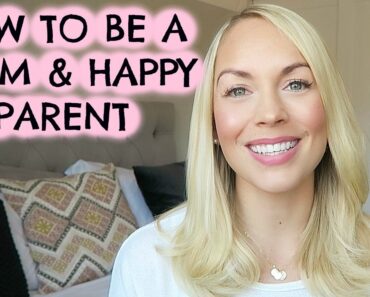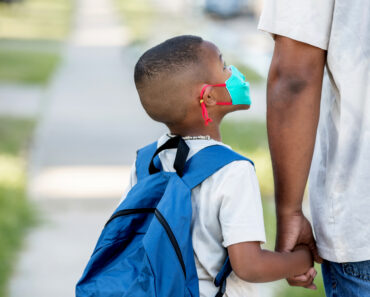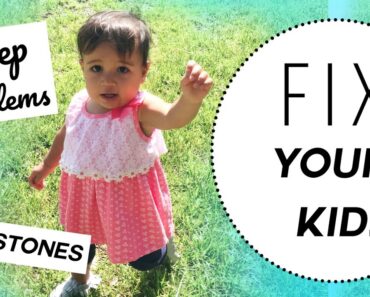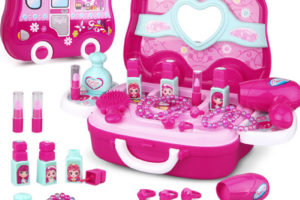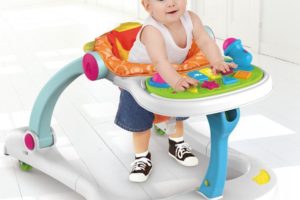Could getting a fussy infant to fall asleep — and stay asleep — really be this simple? One new study says yes.
You’ve tried the shush, the swaddle, the soother and the stroller, and all the other various S’s to get your inconsolable newborn to settle down, but nothing seems to work. Now scientists are saying there’s a quick fix for a crying baby that’s much, much easier than you think.
A new study published in Current Biology presents a method for soothing crying babies to sleep and — equally important — ensuring they stay asleep once you put them down.
The “walk then sit” method
The process, which can be applied to both naps and bedtimes, is astonishingly simple — and cost-effective! The steps are:
- Holding your crying baby in your arms, walk them around for five minutes to soothe them into sleep.
- Sit down and hold your sleeping baby for another five-to-eight minutes.
- Put your baby in the crib.
That’s it. That’s the method.
The rationale
The inspiration behind the first step, the carrying part, comes straight from the wild. Picture in your head a mother lion carrying her baby in her mouth. The relaxed posture and docile nature of the lion cub is the result of something called the “transport response,” a calming effect that comes from being carried. Transport response, which occurs in many altricial mammals — that is, mammals whose young are born in that underdeveloped “fourth trimester” stage — is associated with a reduction in heart rate and voluntary movement.
Principal investigator Kumi Kuroda and her fellow researchers at the RIKEN Center for Brain Science in Japan wanted to know if the same response could be triggered as part of a process to guide human babies into a deep sleep.
“For many, we intuitively parent and listen to other people’s advice on parenting without testing the methods with rigorous science,” Kuroda told ScienceDaily. “But we need science to understand a baby’s behaviors, because they’re much more complex and diverse than we thought.”
The study
To assess this, researchers observed 21 babies between the ages of one and seven months, comparing their behaviour, movements and heart rates in response to four different scenarios: being held by their seated moms, being held by their walking moms, being placed in a “mobile cot” (i.e., a rocking cradle or a stroller) and being laid in a crib alone.
The results showed that the crying infants were most effectively and consistently soothed by being walked by their moms or by the mobile cots. They also found that crying infants were best soothed to sleep after at least five minutes of walking, even in the daytime when they were previously alert.
The next step was getting them into the crib. Sleeping babies were much more likely to stay asleep if their mother held them, while seated, for five to eight minutes before putting them down. In cases where they were put down before the five minutes were up, the babies were more likely to wake up and and cry. Researchers also tried different positions and speeds for laying the baby down, but found that only the seated hold had any significant effect.
“Even as a mother of four, I was very surprised to see the result,” said Kuroda, who told ScienceDaily that she had assumed whether a baby woke during the “laydown” was at least partly influenced by their positioning or how gently they were placed.
Based on these observations, the researchers concluded, “infant transport robustly reduces cry and potentially promotes sleep.”
The caveat
It’s important to note that the study, like all studies, has its limitations, having observed only babies and their moms — no dads or other non-maternal caregivers were involved. Furthermore, the suggested method is not meant to be a long-term sleep training strategy, as stated within the report: “This protocol instead provides an immediate calming of infant cry and may be useful especially on special occasions when the regular sleep routines, breastfeeding, or pacifiers are not effective or available.”
However, if you’re an exhausted parent looking for a little reprieve so you can survive another day — and would you be here if you weren’t? — you’ve got nothing to lose giving this simple trick a shot.

